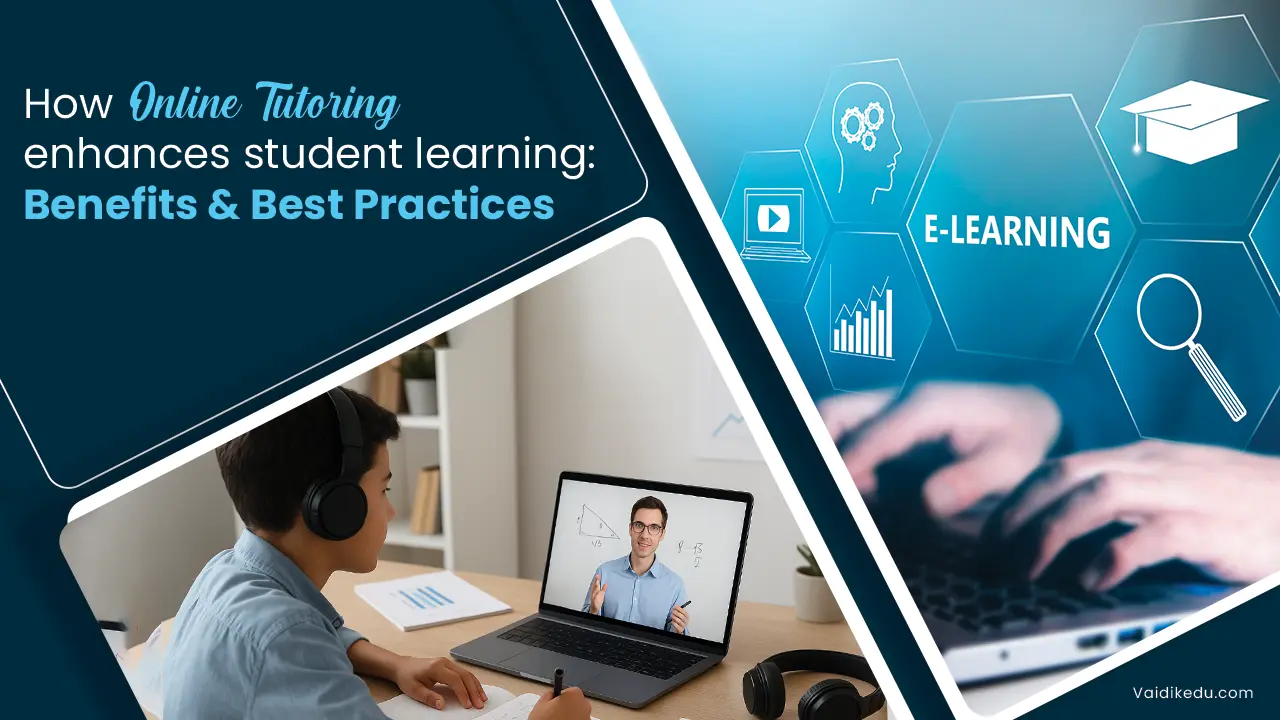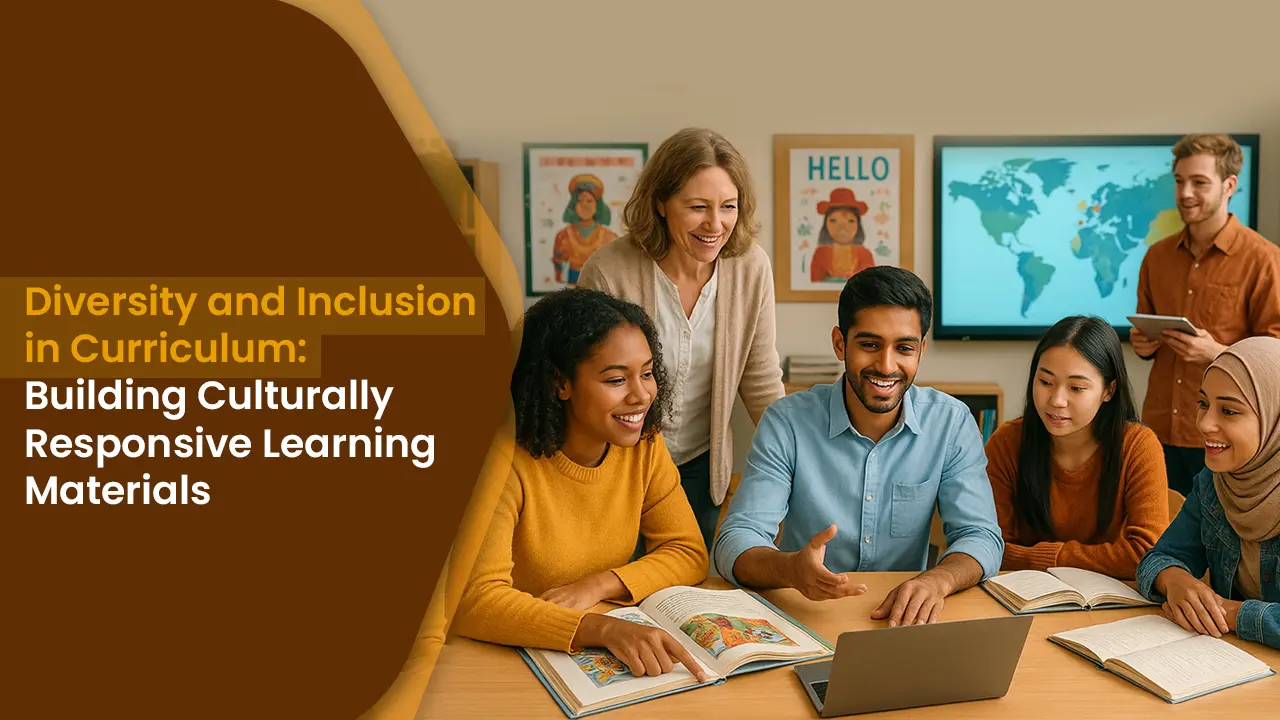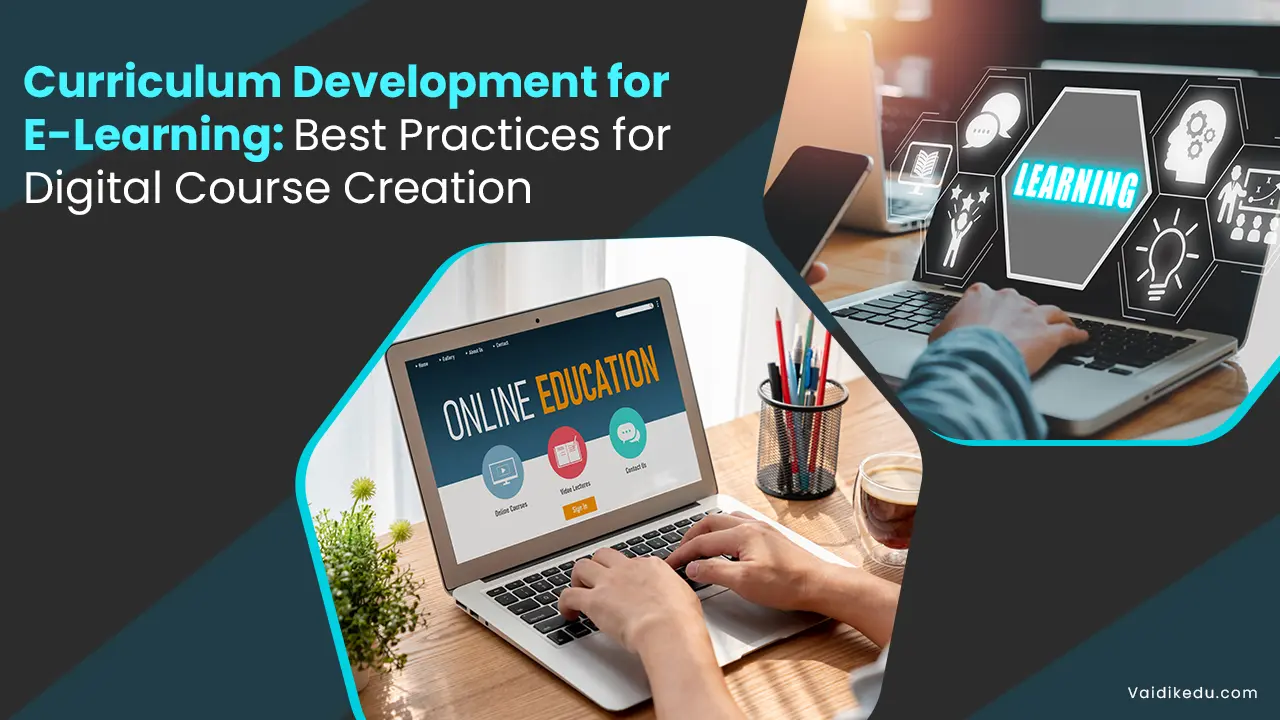Microlearning is one of the most successful strategies gaining popularity in the learning landscape, which has seen a significant transition in recent years.
Microlearning, a targeted, short-burst learning approach that delivers information in manageable bits, meets the needs of contemporary learners who frequently have short attention spans and little time.
Information retention has become a critical issue in today’s fast-paced society, when there are many distractions and knowledge overload is a prevalent problem.
By providing brief, focused lessons that are adapted to each learner’s unique needs, microlearning fills this gap. This instructional design approach’s effectiveness rests in its capacity to promote active learning, simplify difficult subjects, and improve long-term memory.
Microlearning is a reaction to the changing demands of both companies and learners, not merely a fad. Long, traditional training sessions are losing their effectiveness since students find it difficult to focus or remember the material.
On the other hand, microlearning concentrates on presenting only the most important information in a way that optimizes focus and memory. This method, which can be presented through interactive modules, films, quizzes, or infographics, gives students the freedom to study at their own speed and supports the notion that education should be effective, accessible, and learner-focused.
Additionally, chunking a cognitive psychology concept that advocates dividing material into smaller, more manageable parts to better retention and comprehension is used by microlearning.
The popularity of internet resources and digital tools has increased microlearning’s efficacy even more. These days, businesses can provide customized, on-demand training programs that easily integrate into their students’ everyday schedules.
Microlearning has been shown to be a crucial technique for enhancing retention and guaranteeing that students can successfully use their newly acquired knowledge in a variety of contexts, including academic education and business training.
However, what methods does microlearning employ to accomplish this, and how can instructional designers optimize its effects? To increase retention and engagement, let’s take a closer look at the fundamentals of microlearning and how it may be smoothly incorporated into instructional design.
The Core Principles of Microlearning
The success of microlearning as an instructional design method can be attributed to a few fundamental ideas. The principle of brevity is the most important.
The purpose of microlearning modules is to make them brief, usually lasting two to five minutes. By keeping the session brief, learners are guaranteed to stay attentive and involved, reducing cognitive overload.
Microlearning, as opposed to typical long classes, helps students absorb and retain information more efficiently by focusing on a single subject or learning to target every module.
Relevance is another essential microlearning tenet. Every module is made to meet a particular learning need, difficulty, or issue that the student is dealing with. This focused approach increases the likelihood that students will comprehend, retain, and apply the information by making it instantly practical and valuable.
Furthermore, by utilizing interactive exercises, quizzes, and real-world scenarios, microlearning fosters active participation, all of which support deeper learning and engagement.
Another essential component of microlearning is repetition and reinforcement. Instructional designers can assist learners in strengthening their memory and consolidating their learning by breaking up the material into manageable bits and revisiting important ideas over time.
When paired with spaced learning a method that includes going over material periodically to guarantee long-term retention this is especially successful.
Additionally, microlearning modules can be tailored to each learner’s unique requirements and preferences, increasing the effectiveness and engagement of the learning process.
Techniques To Incorporate Microlearning into Instructional Design
Instructional designers must use deliberate tactics that complement their programs’ goals and learners’ needs in order to fully realize the potential of microlearning. Starting with a thorough comprehension of the learning objectives is one efficient strategy.
Every microlearning module should have a clear objective, such as imparting useful knowledge, teaching a new skill, or offering advice. Designers may guarantee that the content stays impactful and succinct by concentrating on a single goal.
Using multimedia components that cater to various learning styles is another crucial tactic. Microlearning lessons can be made more memorable and engaging by using interactive simulations, videos, animations, and infographics.
A brief video tutorial that explains a difficult idea, for instance, can be significantly more successful than a long textual explanation. In a similar vein, gamification strategies like leaderboards, interactive tests, and badges can inspire students and enhance the learning process.
Another essential component of a successful microlearning design is personalization. Instructional designers can develop personalized learning routes that cater to each learner’s particular requirements and preferences by utilizing data and analytics.
This could entail adjusting the material to the student’s level of proficiency, offering more resources to students who are having trouble, or delivering advanced modules to students who want to get a deeper knowledge. In addition to increasing retention, personalized microlearning encourages student involvement and a sense of responsibility.
Successful microlearning also requires the usage of mobile-friendly formats. Mobile accessibility guarantees that students can access content at any time and from any location because they are frequently on the go.
Mobile-friendly microlearning modules, whether via a specialized app or a responsive website, enable students to incorporate learning into their everyday schedules, improving convenience and retention.
Lastly, in order to measure progress and reinforce learning, microlearning modules must include systems for assessment and feedback. Learners can check their comprehension and pinpoint areas for growth with the aid of quick tests, self-assessment resources, and immediate feedback.
Additionally, by giving instructional designers useful information based on learner performance and feedback, these assessments Development help them improve their tactics and material.
Microlearning’s Advantages For Retention
Research and practice both support the effect of microlearning on retention. Research has indicated that students recall material better when it is delivered in brief, targeted bursts as opposed to long, overwhelming sessions.
This is due to the fact that microlearning facilitates knowledge encoding and retrieval by matching the brain’s natural processing capacities. Furthermore, microlearning’s dynamic and captivating features encourage active learning, which has been shown to enhance understanding and retention.
The adaptability of microlearning is yet another important advantage. Modules can be reviewed as frequently as necessary by students, strengthening their comprehension and enhancing memory.
This adaptability is especially helpful in work environments where staff members might need to pick up new abilities or quickly refresh existing ones. By giving students constant access to pertinent, bite-sized knowledge that keeps them informed and up to date, microlearning also promotes lifelong learning.
Conclusion
By providing a targeted, adaptable, and efficient method of learning, microlearning is transforming instructional design. Microlearning improves knowledge retention, engagement, and application by delivering content in brief, focused bursts.
For today’s learners, who require effective and efficient methods to learn and remember information, its tenets of brevity, relevance, and personalization make it the perfect approach.
Microlearning will surely become more significant in education and training as technology develops further, assisting companies and learners in achieving their objectives more effectively and significantly.
Frequently Asked Questions
A method of instructional design known as microlearning presents material in brief, targeted modules that last two to five minutes on average. By delivering information in a clear, focused way, it seeks to increase engagement and retention.
Flashcards, infographics, interactive tests, brief video lectures, and micro assessments are a few types of microlearning. These forms are intended to be interesting, approachable, and simple to understand.
By developing brief modules that concentrate on certain learning goals, adding multimedia components, customizing information, and utilizing mobile-friendly formats to guarantee accessibility, instructional designers might employ microlearning.
Most learners find microlearning to be quite helpful, but individuals who prefer more in-depth, conventional learning approaches could find it unsuitable. It can, however, be used in conjunction with other strategies to produce an all-encompassing educational experience.









